Magic items are important to any character in DnD 5E, but a lot of players pay too much attention to higher-level artifacts and legendary items. Uncommon magic items are the lifeblood of 5E, with many attunement slots being filled to the brim with them.
Uncommon magic items are intended for characters between levels four and seven and are costed between 100—600 gold pieces (GP). While they are undoubtedly weaker versions of some rare or very rare items, they are what you’re going to find early on in an adventure. It’s important to understand uncommon items since they’ll be what you use to propel yourself into the midgame. Some of these magic items will stay on your character for life.
Let’s look at some items worthy of a permanent home on an adventurer’s ever-growing tool belt.
The 10 best uncommon magic items in DnD 5E
Uncommon items are best used for transitioning to higher levels or by applying legitimately strong magical buffs that are hard to find. A handful of magical items at this rarity are really impressive and worth considering at all stages of play.
We will not be considering very situational items that are strong in some campaigns. A Portal Compass, for example, might be great in an anti-extraplanar campaign but fail to be useful in standard games.
10. Robe of Useful Items
The Robe of Useful Items has magical patches that, when plucked, turn into various items. By default, the robe comes with two daggers, two lanterns, two mirrors, two 10-foot poles, 100 total feet of rope, and a sack. Then, it’ll have between four and 16 patches of miscellaneous goods. These goods can range from 1,000 gold worth of gemstones to two fully-grown Mastiffs.
The goodness of this robe depends largely on your DM, but it generally has a lot of solid problem-solving goodies on it. Even without the randomization of the patches, 100 feet of rope that is stored magically is very strong.
Still, this robe is one of the few magical items that can make you a hardcore profit. The items that you produce become permanent, and some of them are just actually money. A good Bard or Charisma class can easily make thousands off of even a middling Robe.
Playing around this item is extremely fun and very advantageous. Just pray that your DM doesn’t give you 32 mastiffs. Or, if they do, make them regret it.
9. Bracers of Archery
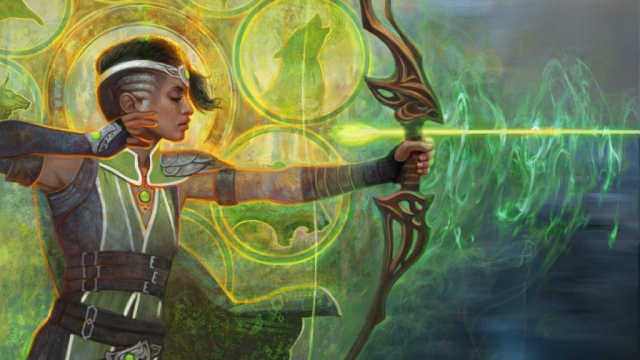
The Bracers of Archery are magical bracers that give proficiency with Longbows and Shortbows. It also applies a plus-two to damage rolls with bows.
Bracers of Archery aren’t the strongest thing in the world, but they’re lifesavers for some specific classes and strong in others. Monks, for example, are stuck with darts as their best-ranged weapon without either the Kensei subclass or these bracers. Early-game Wizards can use this item to deal exceptional damage without leaning on low-impact cantrips.
Even classes that already have proficiency, like Rangers or Rogues, can use this to give themselves a huge damage bump. A plus-two to damage on bows is pretty stellar, basically equating to a plus-four to Dexterity.
This is a very simple item that can quickly get outclassed but is worth trying to fit onto lower-level builds.
8. Adamantine Armor
Adamantine Armor is a variant of Medium and Heavy Armor which prevents critical hits.
Adamantine Armor has a very simple goal in mind: Prevent your beefy front liners from being turned into jelly by a lucky 20. The easiest way to lose a character is from an unlucky critical hit. Even a raging Barbarian can fold like an omelet to a guaranteed crit on something like Chromatic Orb.
In addition, because it’s worded like this, Adamantine Armor also prevents auto-crits from things like becoming paralyzed. Hold Person into attacking can easily cleave through the highest health characters in the game and almost ignores AC.
This is not going to be your frontline’s forever armor, but it should be on the table until level 10 or so. Avoiding crits by default is life-saving.
7. +1 Spellcasting Focus or +1 Weapon
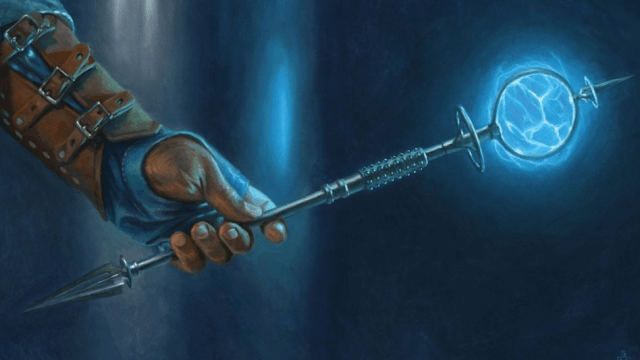
On the climb to power, simple +1 Weapons and +1 Spellcasting Focuses are both very important. Depending on your build, a plus-one to attack and damage rolls or a plus-one to spell save DCs and attack rolls will be very useful.
These items are some of the most common in the game but for a good reason. +1 Weapons of any type improve your accuracy and damage. That’s critical for martially-minded characters, who need to land hits to make any progress in fights. Plus, you don’t even have to attune to most of them. Win-win!
+1 Spellcasting Focus makes it on the list at the same slot since a Sorcerer would probably hold one of these instead of a +1 Dagger. However, +1 Spellcasting Foci from Tasha’s Cauldron of Everything require attunement. That’s because most of them have very strong effects. For example, a +1 Bloodwell Vial also lets the Sorcerer restore five sorcery points once per day.
These are important to look for and invest in if you can’t find them. Keeping up your attack rolls and DCs is a critical part of scaling into the late game.
6. Weapon of Warning or Sentinel Shield
Weapons of Warning grant advantage on initiative rolls, as well as making it so your allies can’t be surprised, even waking the party up if danger approaches. Sentinel Shields similarly grants advantage on initiative, as well as on Perception checks.
Being able to roll twice when a fight begins is such a huge advantage. Weapons of Warning will make it much easier to act first in a fight, putting a stopgap on randomness through repetition. You can still roll a one and a two, but this is about a plus-four or five on average. And for something as important as getting into a fight or locking down an enemy with Hold Monster, that’s usually worth the attunement slot.
Sentinel Shields are similarly powerful but do not require attunement. That makes it much easier to sneak into standard builds, but you can’t prevent surprise for your allies with the shield.
We’d say that the shield is slightly better, but these two items are similar enough to hang out on the same rank for our list.
5. Pearl of Power
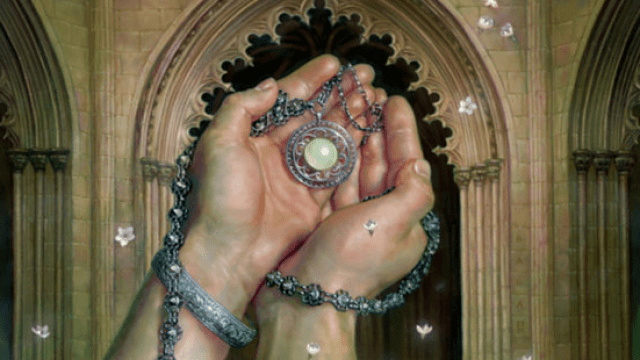
The Pearl of Power lets the user regenerate a spent spell slot of the third level or lower.
While theoretically weaker than some of Tasha’s spellcasting focuses, the Pearl of Power still lets any spellcaster regenerate a third-level spell slot. That’s very important. Many strong third-level spells lie in the third-level region, from Fireball to Fly.
A Wizard can flex this to get additional spells per day, but every other caster can use it to finally get a bit of the Wizard’s incredible spell regeneration. That trait is part of why Wizard is one of the best classes in 5E, so it’s great to flex into other classes.
4. Cloak of Protection
The Cloak of Protection offers a plus-one to AC and saving throws.
This non-flashy bonus is still one of the most critical pieces of defensive armor in the game. If a frontliner can attune to this, they get a five percent chance to dodge attacks and make their saves. That sounds pretty pathetic, admittedly.
But, when you get attacked 100 times and are forced to make 100 saving throws, it starts to sound more appealing. Dodging five swings and making five saves can easily be the difference between survival and unconsciousness.
3. Bag of Holding
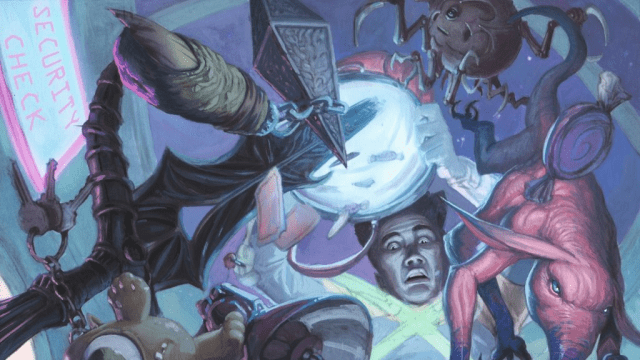
A Bag of Holding provides a pocket dimension that can hold 500 pounds or 64 cubic feet of goods.
It can theoretically hold living creatures, though only for a limited time. It’s also a bit weak to being slashed open, so be a bit careful.
However, this item is the point where an uncommon item goes from useful to downright required. 500 extra pounds of carrying capacity is really nice. It’s like a fully grown pack mule with basically none of the danger. It lets your Cleric or weaker Warlock carry a ton of items.
Since you just need an action to get anything from this inventory, it can allow for a few more item-based scenarios on characters whose legs would have otherwise shattered from the weight.
You’ll get upgrades like Heward’s Handy Haversack. But few items help unclutter inventories quite like a Bag of Holding. It also doesn’t even require attunement, meaning there’s no reason to not keep one on you for most of your adventuring career.
2. Winged Boots
Winged Boots allow the wearer to fly up to their walking speed. The boots store four hours of flight, which regenerate over the course of a full day.
Winged Boots are basically required for any martial character. All you have to do is slip on some shoes and you’ll be zooming across the sky.
It’s difficult to state how important flight is. BG3 fans might recognize flying as a simple problem-solving technique, rarely useful in overall fights. In tabletop, not being able to fly can be a death sentence for Paladins or other melee-centric fighters. Since creatures can hover in the air, they can often out-range your melee attacks without flying yourself.
These boots have a bit of hassle, including taking up a full attunement slot for nothing but flight. But, flight is so important that you should get these anyway.
1. Broom of Flying
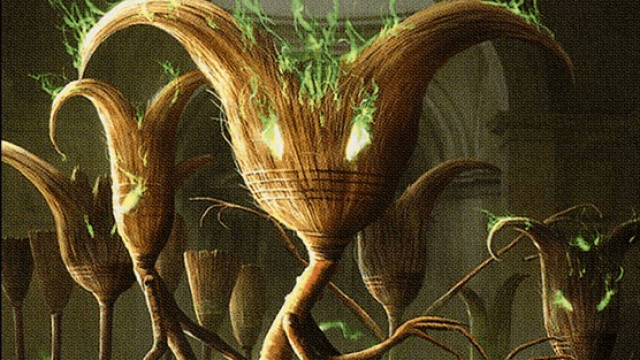
The Broom of Flying is a vehicle that gains a flying speed of 50 feet when activated. It can be ridden, though carrying 200 or more pounds will reduce its speed to 30 feet per round. You can also send the broom elsewhere within a mile, letting it send messages or retrieve friends.
This item is extremely strong for an uncommon item. It doesn’t require attunement, can fly up to 50 feet per round, and even has utility out-of-combat as a taxi service.
In most cases, a DM will ask you to keep a hand on this, making it less useful for martials who want both hands on weapons. However, a caster might like some flight for free, since they just need one hand to cast spells. And, if your DM is okay with you controlling the broom with your feet or command words, you might get a lot of value out of this little sweeping fella.
The Broom of Flying is one of the best magic items out there and is totally worth digging for. You’ll rarely find non-attuned fly speeds from a magic item, so make use of this uncommon method while you can.



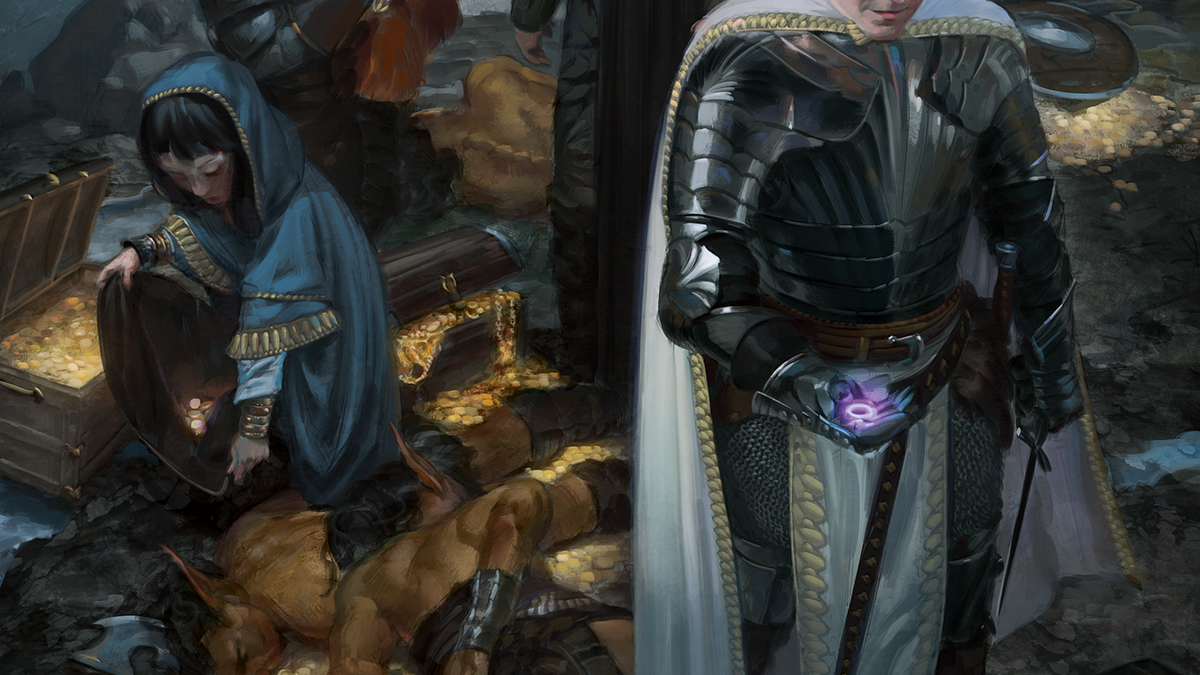


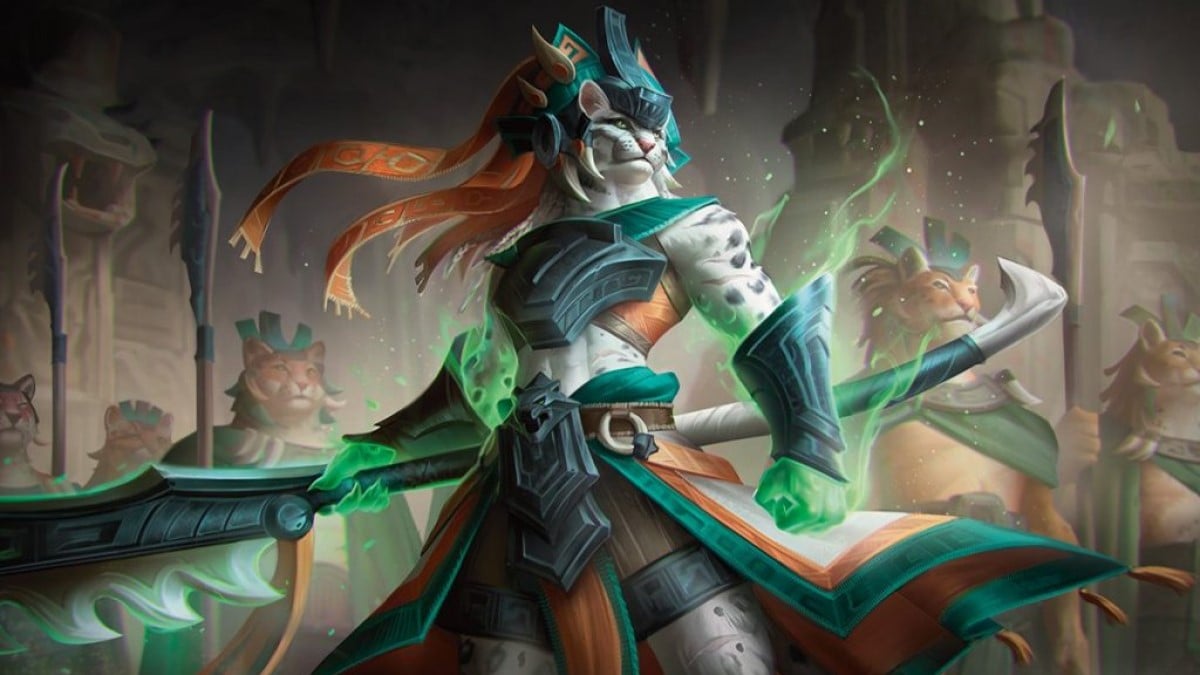





Published: Nov 4, 2023 11:09 pm